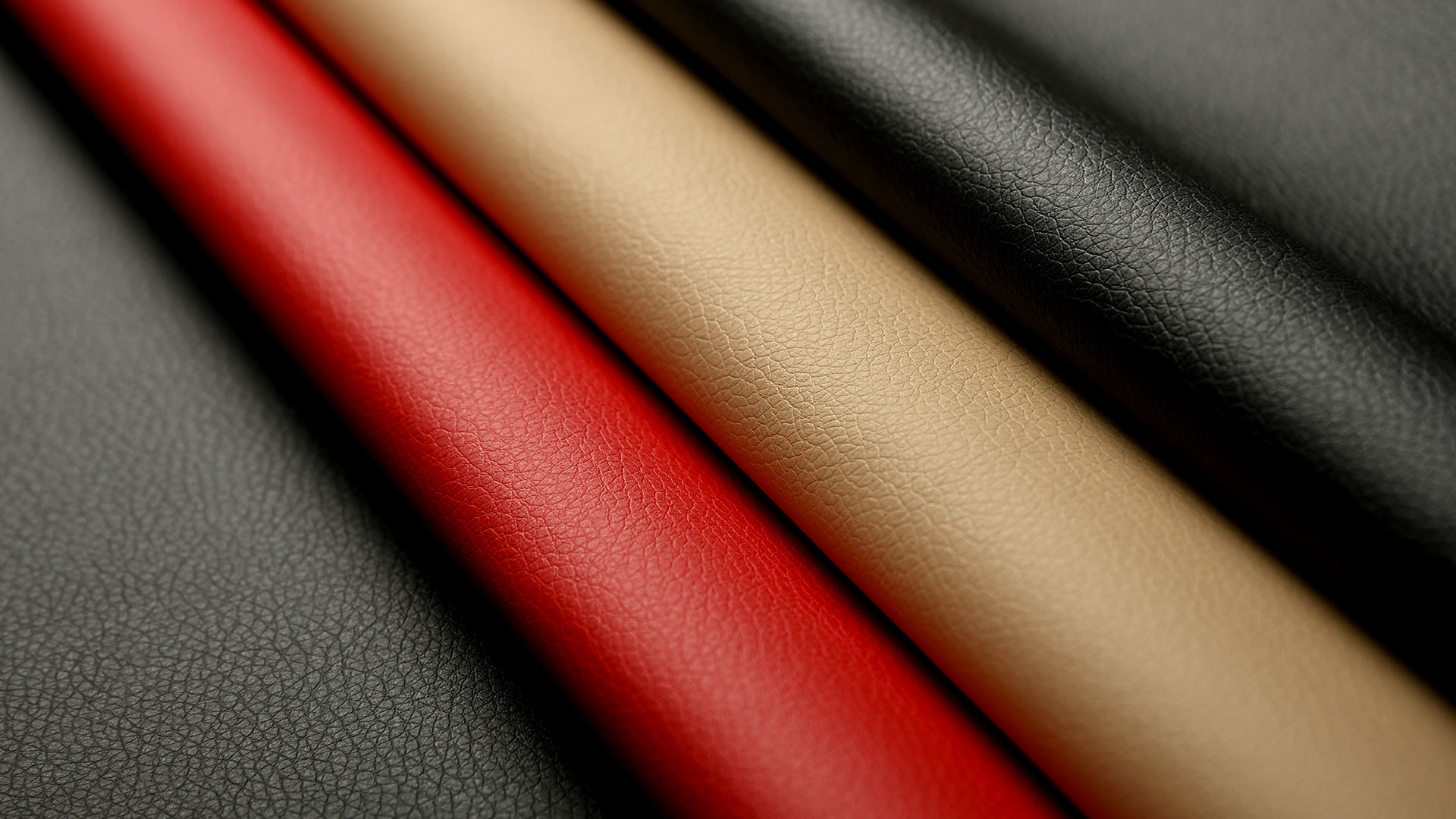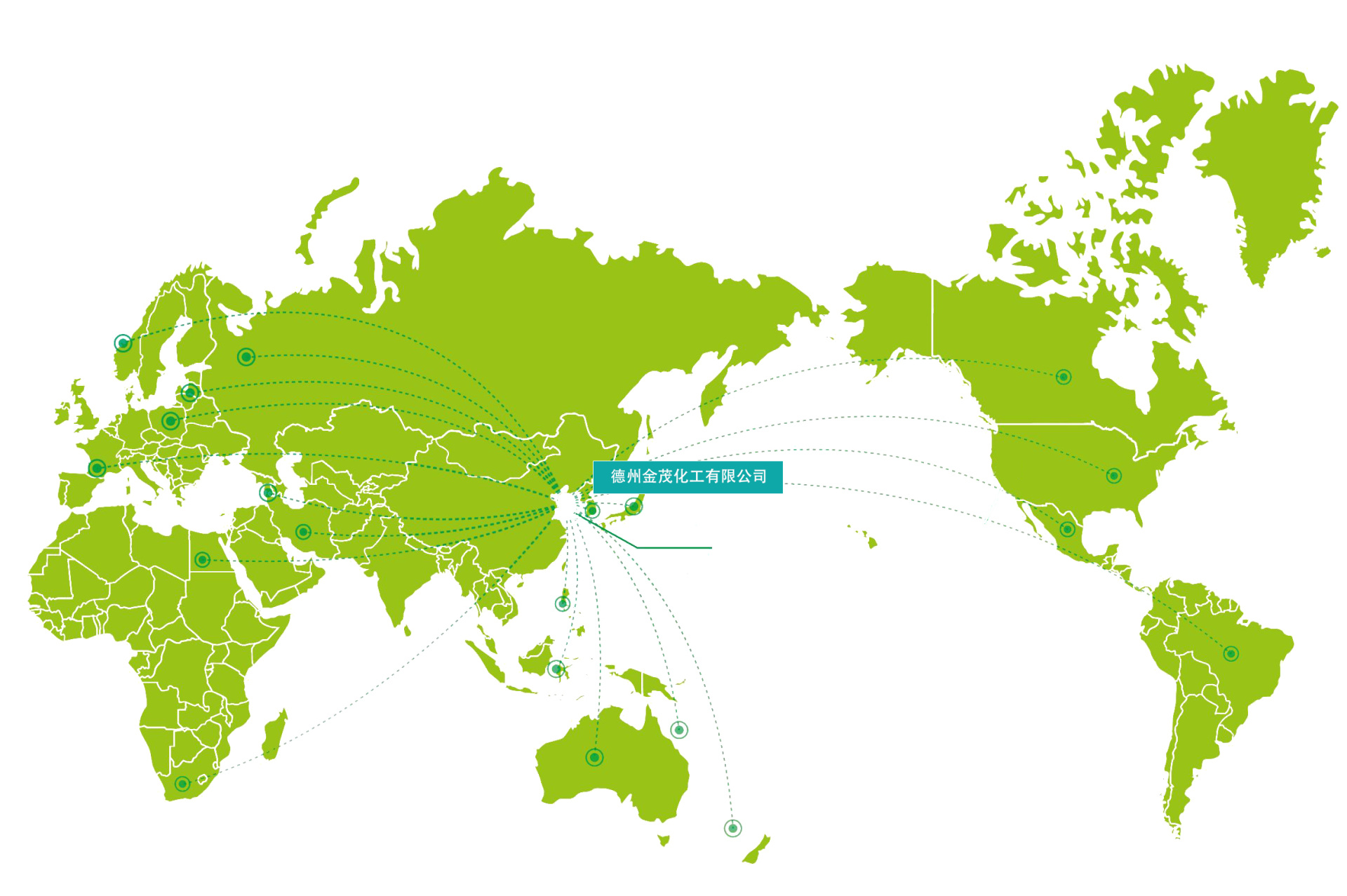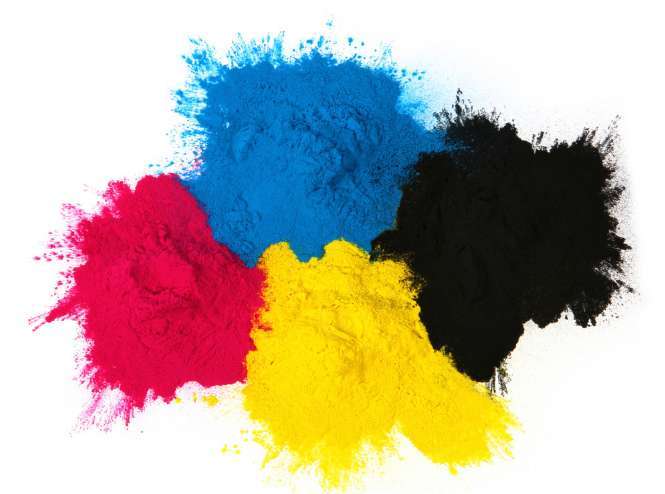Disinfectant products manufactured by disinfectant product manufacturers will迎来新的发展机遇.
The COVID-19 virus has led to the implementation of quarantine measures around the world. Researchers are looking for vaccines and possible treatments, but the spread of the COVID-19 virus continues to cause varying degrees of panic in different places. People are frantically hoarding disinfectants, hand sanitizers, and protective equipment, which are all insufficient. Among them, manufacturers of cleaning and disinfecting products are the most relevant suppliers.1Since the outbreak of the coronavirus in the month, a large number of products have emerged, most of which are in Asia. Staff and manufacturers of disinfectant products continue to launch various products, from masks to non-contact robots and vehicles, to treat affected patients.

With the promotion of social distancing and non-contact interactions, many companies are introducing innovative technologies to make a non-contact economy possible. E-commerce retailers and healthcare providers have begun using drones, robots, and automated devices to provide materials to affected individuals. In China, frontline medical staff are deploying robots, telemedicine, and other non-contact treatment technologies. China and Spain have begun using unmanned aerial vehicles to monitor people's activities and disinfect public areas during city lockdowns to curb the impact of the virus. Japanese industrial drone manufacturers airlifted medical samples and quarantine materials in the month when the pandemic was most severe.2In Wuhan, the Hongshan Sports Center opened a shelter hospital. With the joint efforts of Wuhan Wuchang Hospital and China Mobile, a Chinese smart cabin hospital composed of robots was recently put into operation, which is an experimental project aimed at alleviating the pressure on medical staff. All medical facilities here are realized through robots and IoT devices such as thermometers, smart rings, and wristbands, which can be synchronized to the cloud.5GRobots also provide food and entertainment for patients. Robot disinfection services have launched robots that use ultraviolet light to kill the coronavirus and have been used for disinfection purposes. They move autonomously under the guidance of laser radar, utilizing light emitted from the mast.360In minutes, they can kill 99.9% of bacteria. In the short term, the high demand for disinfection and cleaning products driven by this pandemic is expected to last at least until the second quarter. In the long term, manufacturers of disinfectant products will welcome new development opportunities.UV-CUnder normal living conditions, disinfectant products produced by manufacturers are items with a small audience in general household scenarios. Due to the impact of this pandemic, the disinfection category will welcome new development opportunities, and the key is how to transform consumer demand and market demand in emergencies to expand more usage scenarios.10分钟内杀死99.9%的细菌。从短期来看,这场疫情对消毒和清洁产品高需求的推动预计至少会持续到第二季度。长期来看,消毒制品厂家生产的消毒制品类将迎来新的发展机遇。
正常生活条件下,消毒制品厂家生产的消毒产品是一般家庭场景中受众少的一个物品。由于此次疫情的影响,消毒类将迎来新的发展机遇,关键是如何在紧急情况下转变消费需求和市场需求,扩大更多的使用场景。
Latest developments







